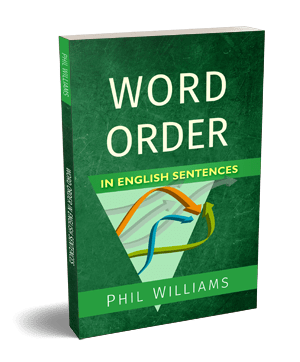
Often, the gap between intermediate and advanced use of English is knowing the subtle differences between almost identical words and phrases. One example is the difference between the word
few and the phrase
a few. Both can, essentially, refer to the same number, but they have opposite implications:
few is generally negative (drawing attention to a low number), and
a few is generally positive (suggesting the low number is not a problem). These examples should help explain:
- I have few friends. – The speaker sounds negative and lonely, that this is a bad number of friends.
- I have a few friends. – The speaker sounds positive, that this is a good number of friends.
Here we use
few on its own to suggest the number is small, perhaps disappointing. When we use
a few the number is still small, but satisfying, something with potential.
Be careful, though, because whilst it is generally true that
few refers to a negative number and
a few is positive, this does not necessarily make the sentence positive or negative. Consider these examples:
- There are few countries left where you can be executed for your political views. – Few suggests the number is small, diminishing, but we are happy for it.
- There are a few countries left where you can be executed for your political views. – A few suggests the number is still significant, and in this case could therefore be a problem.
Here, the numbers are presented in a negative and positive way, but the sentences are the opposite, because we want the number to be low.
Another way to look at it is that
few emphasises that it is a small number, whilst
a few signals that though the number is small, it is not a problem. For example:
- There are few towns this beautiful in Sussex. – It is rare, and exclusive, for the towns to be so beautiful.
- There are a few beautiful towns in Sussex. – There is a reasonable number, a positive number, even if it is not a very high number.
A few is more common, because we often need a determiner to show this small number is undefined, and often it will be more correct to use
a few with a qualifying adverb rather than
few, just because it sounds more natural. For example:
- I have few chocolates left. – This correctly signals that you are running out, a negative statement, but it sounds quite formal and awkward because it sounds very general – as though you are not referring to the specific chocolates.
- I have a few chocolates left. – This signals you don’t have many, but that you are positive about it, perhaps you even have some to spare.
- I only have a few chocolates left. – This bridges the gap, showing that you have a small number left, and it is a problem, without sounding too vague or formal.
Choosing between ‘few’ and ‘a few’
This is a difficult point to learn, and to test, as every use of
few and
a few will depend on the context. These are not hard rules, but subtle uses of the language. But if you keep in mind the above examples and general uses, and you will start to appreciate the difference.
 Often, the gap between intermediate and advanced use of English is knowing the subtle differences between almost identical words and phrases. One example is the difference between the word few and the phrase a few. Both can, essentially, refer to the same number, but they have opposite implications: few is generally negative (drawing attention to a low number), and a few is generally positive (suggesting the low number is not a problem). These examples should help explain:
Often, the gap between intermediate and advanced use of English is knowing the subtle differences between almost identical words and phrases. One example is the difference between the word few and the phrase a few. Both can, essentially, refer to the same number, but they have opposite implications: few is generally negative (drawing attention to a low number), and a few is generally positive (suggesting the low number is not a problem). These examples should help explain:








You are a really great, May Allah bless you !
Thanks Robiul! I’ve just spent the whole week trying to get this website running again after countless errors, and you posted that just as I was finishing, so it was very good to see!
Hi
I already knew the difference between the aforementioned quantifiers ( few and a few ….)
But I was looking for the famous story which is used to being taught to English native speaker kids. Once I heard it and that was like a dvine analogy or something but I don’t remember it now. Please tell me that if it is possible.
Hi Sarah, I’m sorry but I’m not sure of the story you mean, though if I think of something I’ll let you know!